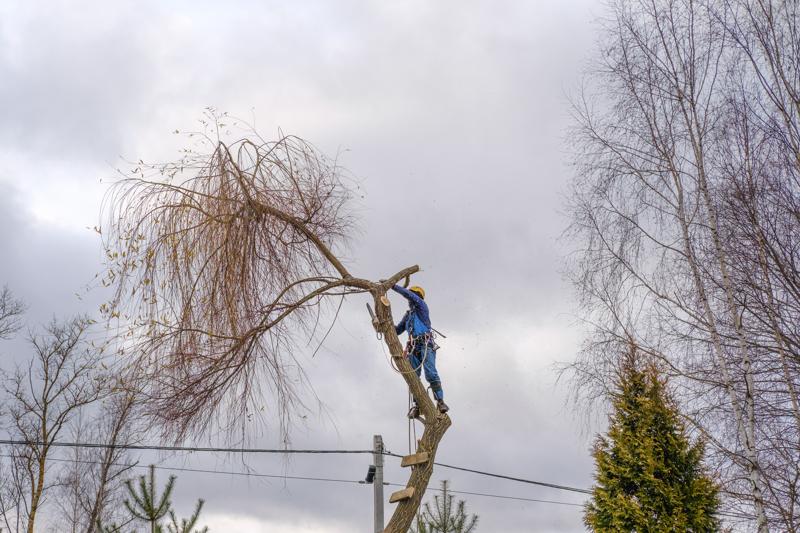The Risks of Ignoring Dead Trees: A Guide to Tree Removal

Tree removal is a difficult and potentially dangerous task. If a tree is dead or diseased or is at risk to fall, the tree might require removal in order to protect property and ensure safety. How do you know when a tree must be removed? We’ll walk you through the warning signs to be looking to and assist you determine whether it’s time to call in experts.
Dead or dying trees
One of the most evident signs that a tree needs to be removed is if it’s dead or dying. Dead trees do not have leaves and can appear lifeless. If a tree doesn’t have leaves or evidence of growth, it’s probably dead. Additionally, the bark of a dead tree could be cracked, dry, or peeling.
Trees with diseases
The trees that are sick may pose a threat to other plants and trees in the surrounding area. Common signs of disease for trees include dying leaves, wilted or yellowed branches, and mushrooms growing at the base and the top. If you suspect that your tree is suffering from disease it is important to get it checked by a professional arborist.
Leaning Trees
Trees that lean towards one side could indicate it is a sign that the roots are failing and the tree may be at risk of falling. To find out if a tree that is leaning could be a threat, check for cracks or breaks within the trunk and look into the soil surrounding the base of the tree. If you notice any of these indicators it is recommended to examine the tree by an arborist.
Overhanging Branches
Trees with overhanging branches that are in close proximity to power lines or structures can pose a risk to safety and property. If you have concerns regarding branches that hang overhanging It is recommended to be evaluated by an arborist who will determine whether removal or pruning is needed.
FAQs
What can I do to tell if a tree is dead?
A tree is considered to be dead if it is without leaves and shows no evidence of new growth. The bark of dead trees may be dry, cracked, or peeling.
What are the signs of a diseased tree?
The most common signs of disease on trees include dying leaves, wilted or yellowed branches, and the growth of mushrooms at the base of the tree.
Is it safe to take down a tree yourself?
Tree removal can be a complicated and possibly dangerous job. It’s best to delegate it to professionals to protect yourself and others.
Conclusion
When you’re dealing with tree removal, you need to be aware of the signs that a tree needs to be cut down. When you’re aware of indicators of dying or dead trees, diseased trees tree leaning, and hanging branches, you can take steps to protect your property and the people around you. If you believe that there is a tree in your yard that requires removal and you are unsure, reach out to Blacktown Aborist for a professional review. Our arborists are highly skilled and have the expertise and tools to handle all your tree removal needs. Don’t take any chances with your security. If you suspect that the tree that is on your property needs to be removed, please contact Blacktown Aborist today for a expert assessment. Our experienced arborists will give you peace of mind that comes from knowing your property is in safe hands. Call us today at 0480 024 267 to schedule an appointment.





















